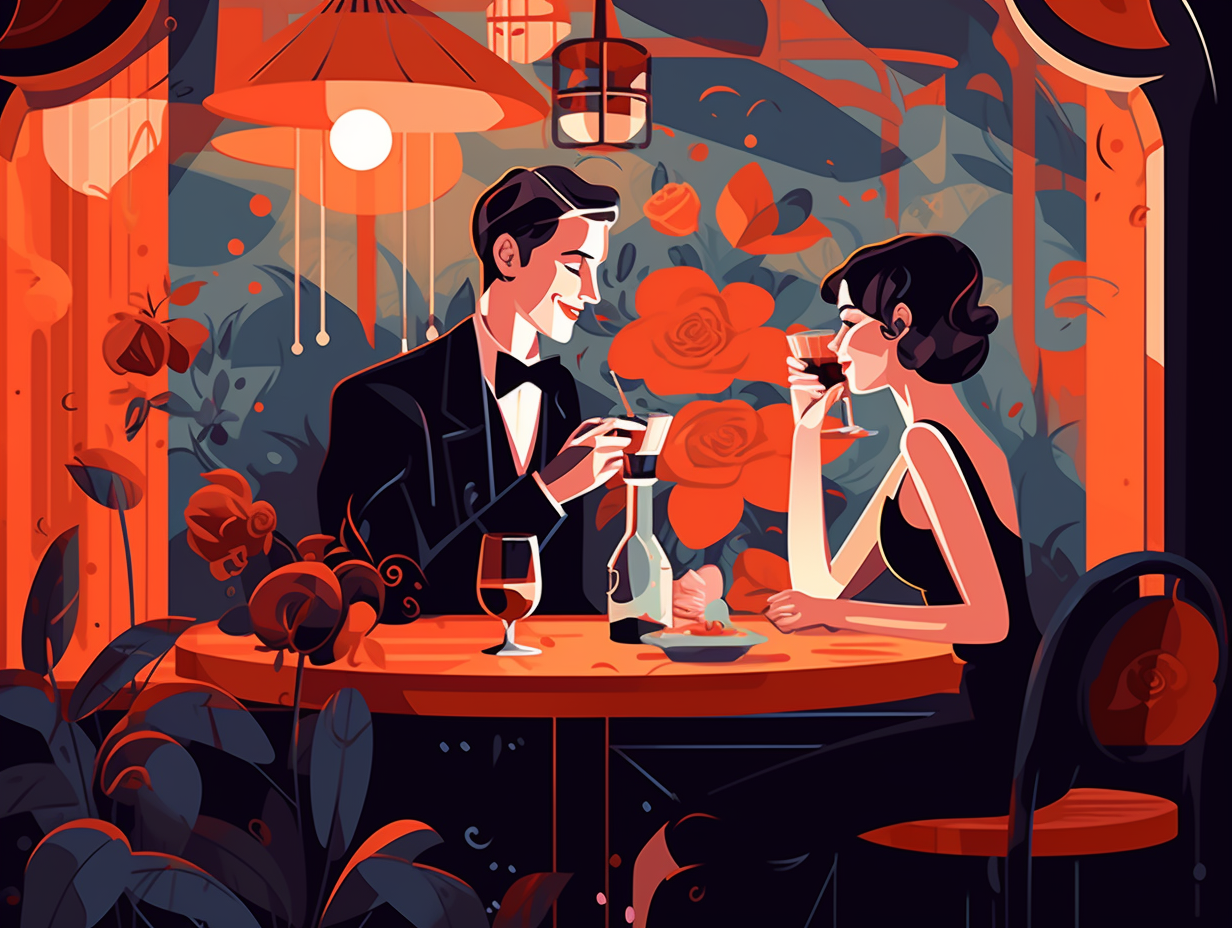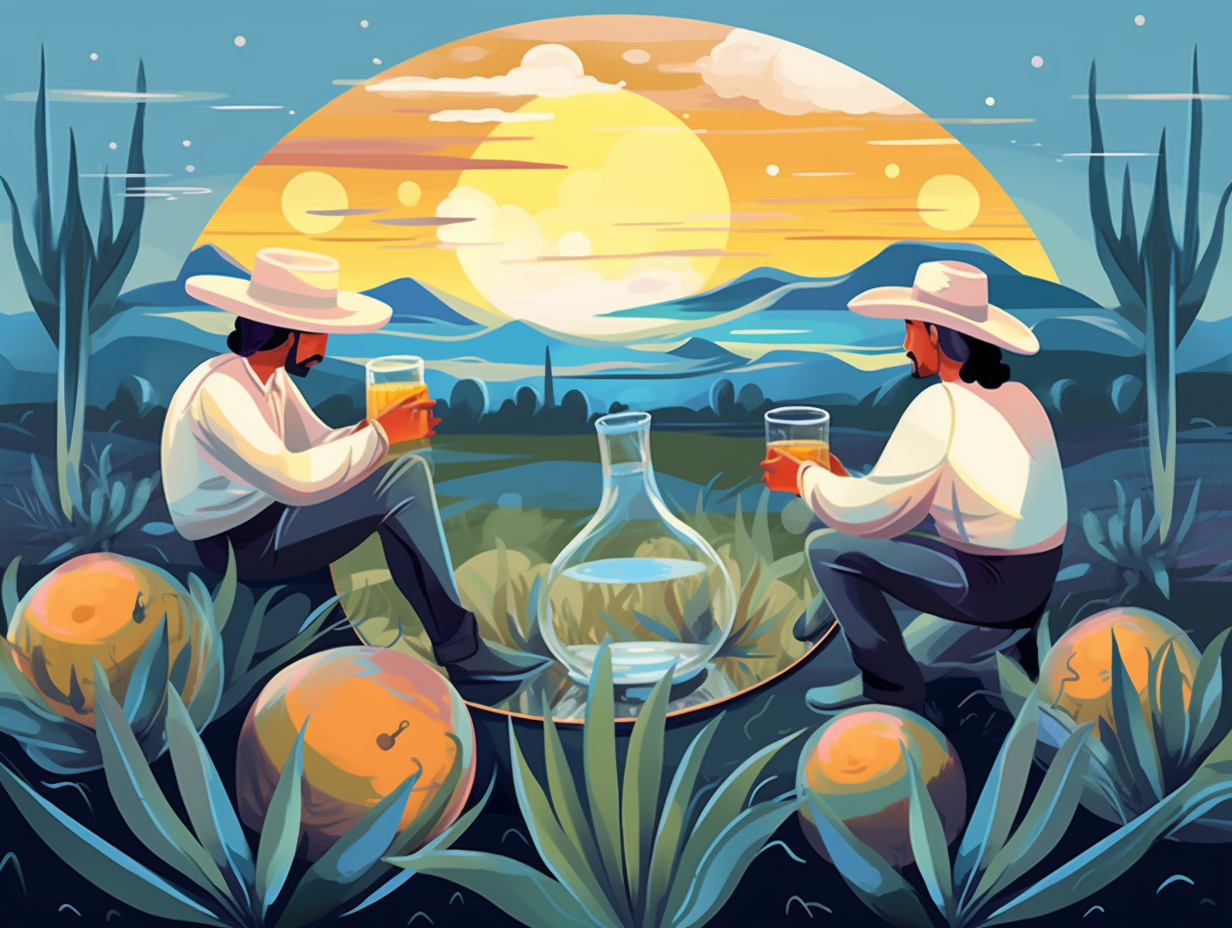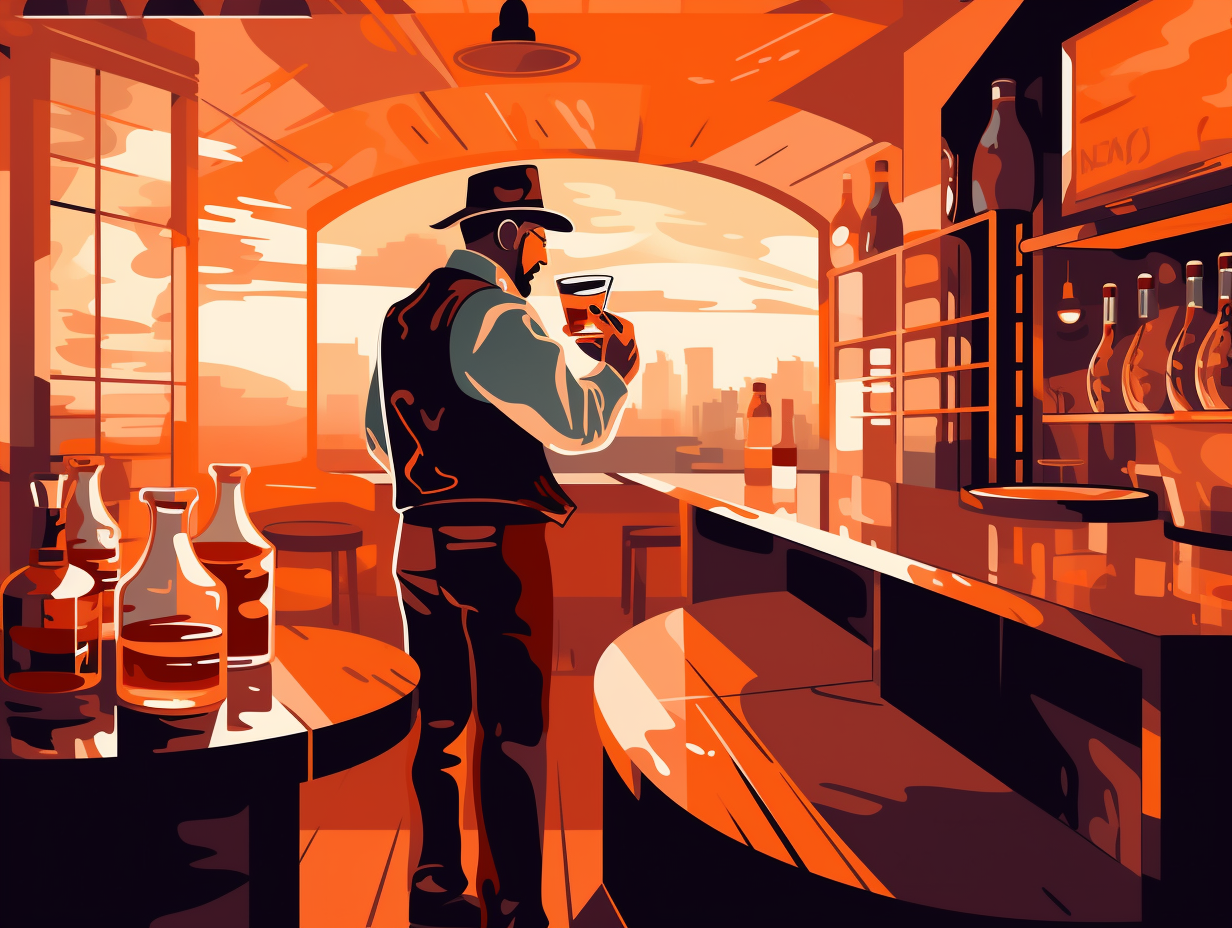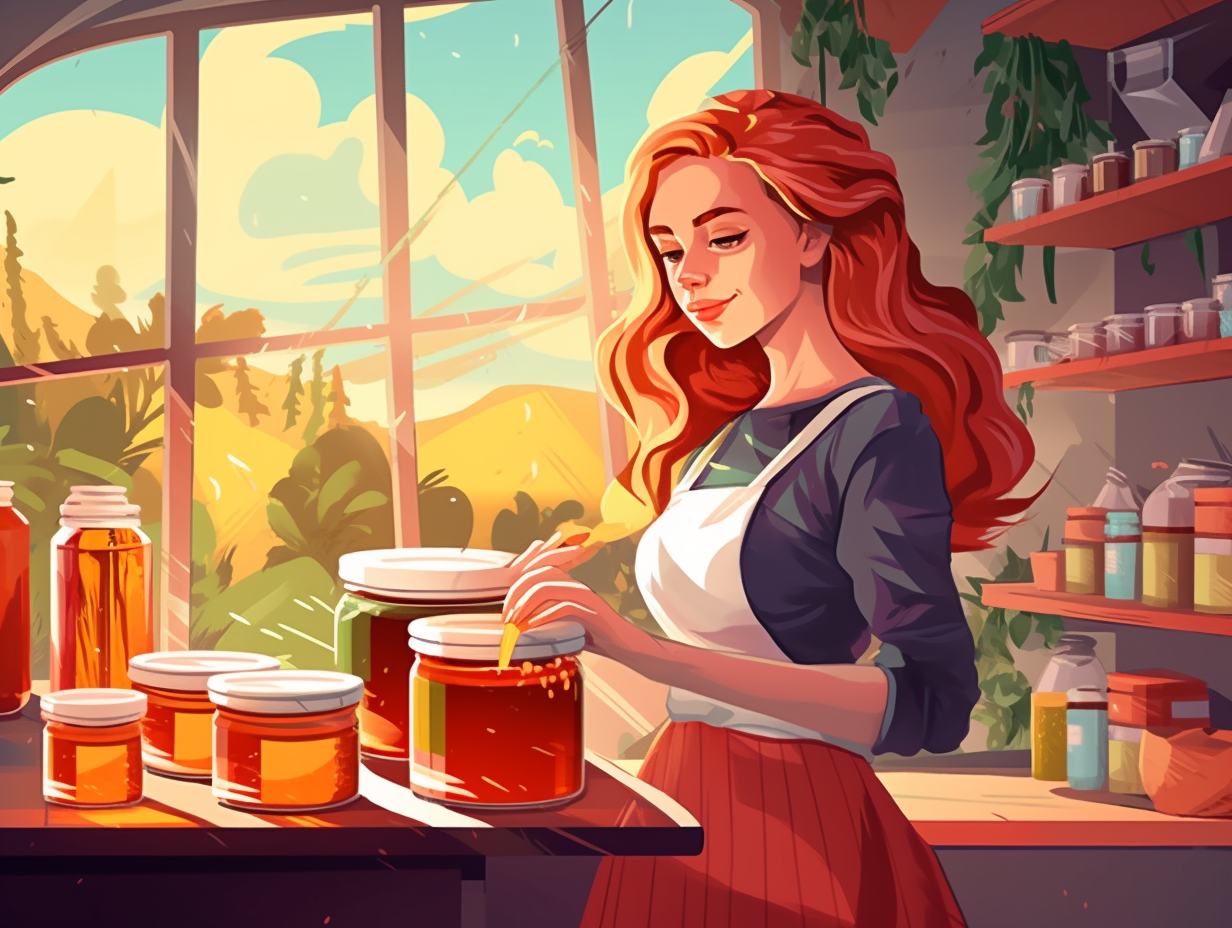Discover the Spirit: Top 10 Fun and Fascinating Facts About Gin You Didn't Know

1. Gin's Dutch-British Heritage
Before they were sipping gin and tonics at the tennis club, the British had a not-so-smooth love affair with their gin-sational Dutch cousins: The origins of gin can be traced back to Bruges, Belgium's juniper berries in the 13th century. The Dutch word for these berries, Jeneverbes, led to the creation of Genever, a juniper-flavored liquor. British soldiers, while fighting alongside the Dutch, brought Genever back to England where it gained popularity and inspired the opening of numerous craft distilleries. Unfortunately, the British version wasn't quite as refined as the Dutch original, and it eventually became known as gin.
Source => the-stillery.nl
2. London Dry Gin's Secret Identity
Hold onto your tea cups, dear Brits, for your beloved London Dry Gin may be living a secret double life as a cosmopolitan globetrotter: In reality, London Dry Gin refers to a method of production which neither confines it to London nor requires its birth in Britain, but rather highlights a neutral spirit flavored with juniper and other botanicals, sans artificial flavors or colors.
Source => distiller.com

Did you know some Canadian vodka brands use peaches and cream corn for distillation instead of traditional ingredients? Discover their unique twist on vodka-making! 🍹🌽🍑
=> Fun Facts about Vodka
3. Gin Craze Tamed by Parliament Acts
Before cat videos clawed their way into internet fame, gin had its own fur-ocious craze that left many with a tipsy paw in 18th century London: The meticulously crafted London Dry and Old Tom gin styles emerged as spirited responses to numerous Gin Acts passed by the British Parliament, all in an effort to tame the wild beast of gin consumption and production.
Source => diffordsguide.com
4. Prohibition's Medicinal Gin Loophole
Medicine, booze, and loopholes: the tantalizing trifecta that turned Prohibition into one gin-ormous party! Here's the kicker: George Remus, a bootlegger extraordinaire, amassed a fortune by buying up distillery warehouses and craftily selling gin for "medicinal purposes," thus skirting the boundaries of legality like a tipsy tightrope walker.
Source => thecollector.com

5. Ginbucks: 18th Century Tipsy Escape
Who needs Starbucks when you've got Ginbucks? In 18th-century England, gin was the 'grande' attraction, offering an espresso-laced escape for the working class: With approximately 7,000 gin shops gracing the streets during the Gin Craze, people could drown their sorrows in the cheap, albeit dangerous, concoctions that often contained harmful impurities like turpentine spirit and sulphuric acid, living by the motto: "Drunk for a penny; dead drunk for two pennies; clean straw for nothing."
Source => vice.com
6. Gin: The Original Medical Elixir
We all know "laughter is the best medicine," but have you ever tried prescribing a classic gin and tonic? Well, the 17th-century doctors did: Gin was originally made with juniper berries, known for their healing properties, and was used to treat ailments ranging from stomach issues and kidney diseases to the bubonic plague. Nowadays, you might need a prescription for a stiff drink, but it was once a go-to elixir in the medical world.
Source => globalhealthnow.org
7. Power-packed Juniper Berries
Gin and bear it: unbeknownst to many, versatile juniper berries are not only the lifeblood of our beloved gin but have been valued for their medicinal properties such as serving as diuretics, treating arthritis and diabetes, and enhancing the shelf life of preserved meats! Who knew gin's delightful flavor held such power in its 'juniper-roots'? The potent little berries have been found to possess antioxidant, anti-inflammatory, cytotoxic, hypoglycemic, and hypolipidemic effects in experimental models, making them unexpectedly healthful! Talk about a berry good secret!
Source => ncbi.nlm.nih.gov
8. Gin's Kidney Stone-Crushing Past
Before the gin and tonic became a sippable delight at sophisticated soirees, its saucy ancestor was flirting with the kidneys, claiming it had all the right moves to bust some bothersome stones: Originating in the 16th century, gin was initially considered a medicinal elixir, often used to treat kidney stones and various ailments; it wasn't until the 18th century, when unlicensed gin production became permissible, that the alluring libation finally became a sought-after social beverage, particularly among the working class.
Source => health.mil
9. William of Orange's Gin-splosion
Who needs an Orange Crush when you've got a Dutch king with a penchant for gin and some economic sorcery? William of Orange, during England's Glorious Revolution, introduced a law allowing alcohol distillation using English grain: This magical gin-splosion not only gave birth to a gin craze but also took England's economy on an inebriated joyride.
Source => drugtimeline.ca

10. A Golden Ticket to Gin Heaven
Move over, Willy Wonka: there's a new golden ticket in town, and it's for a gin that's as rare as a snozzberry! Behold, the world's most expensive gin – Cambridge Distillery's Watenshi – priced at a jaw-dropping $2,500 per bottle. This elixir of opulence is distilled purely from Japanese botanicals and produced in limited quantities, with only 36 bottles released annually and no more than six per country. Boasting a unique Novo-dimensional distillation matrix, it promises a complex flavor, refreshing aroma, and a one-way trip to gin heaven.
Source => londonspiritscompetition.com
Related Fun Facts




















